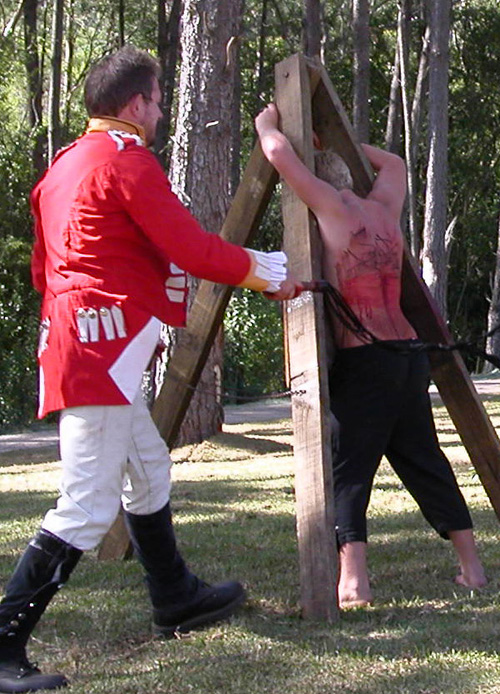Castle Hill Rebellion
|
||||||||||
 |
DID YOU KNOW there was an uprising against the government in 1804 in Castle Hill?
The Castle Hill uprising had been planned for at least a month by a small group at the government farm. Convicts at other settlements were not told about it until two days before the breakout to prevent the authorities being forewarned. At eight o'clock on the evening of Sunday March 4, 1804, one of the small huts occupied by the prisoners at the farm was deliberately set alight and a bell rung. Whilst the guard's attention was diverted by the fire, Philip Cunningham, who was the overseer of the stonemasons and supported by other prisoners, broke into the stores where firearms and ammunition were kept.
Cunningham made a speech revealing his plans for the conquest of the colony and explained they would be supported by risings in other settlements. The rebels divided into three raiding parties and set out in different directions to collect recruits. During this night they burst in on settlers in their isolated farmhouses - including Macarthur's farm in the Pennant Hills region - and took weapons. The parties were to meet on a hill (Constitution Hill) near Parramatta at daybreak and enter the town.
The Sydney Gazette's report on the rebellion stated that Cunningham planned to plant the 'Tree of Liberty' at Government House, Parramatta, before proceeding on to Sydney, boarding a ship and sailing home to Ireland. Such was the almost romantic view by these Irishmen of mounting a revolt against the colonial government led by Governor King. They had already fought for freedom in Ireland and considered their life sentences in New South Wales to be intolerable. They could not see any solution to their predicament, except to try to unite in sufficient strength to be able to seize the ships in Sydney Harbour and leave the colony.
Extract from 'In Search of the Pennant Hills', chapter 5.
Trevor Patrick is a local historian of the north-west of Sydney, Australia. His latest book, In Search of the Pennant Hills, recounts some of these stories (and others) in more detail.